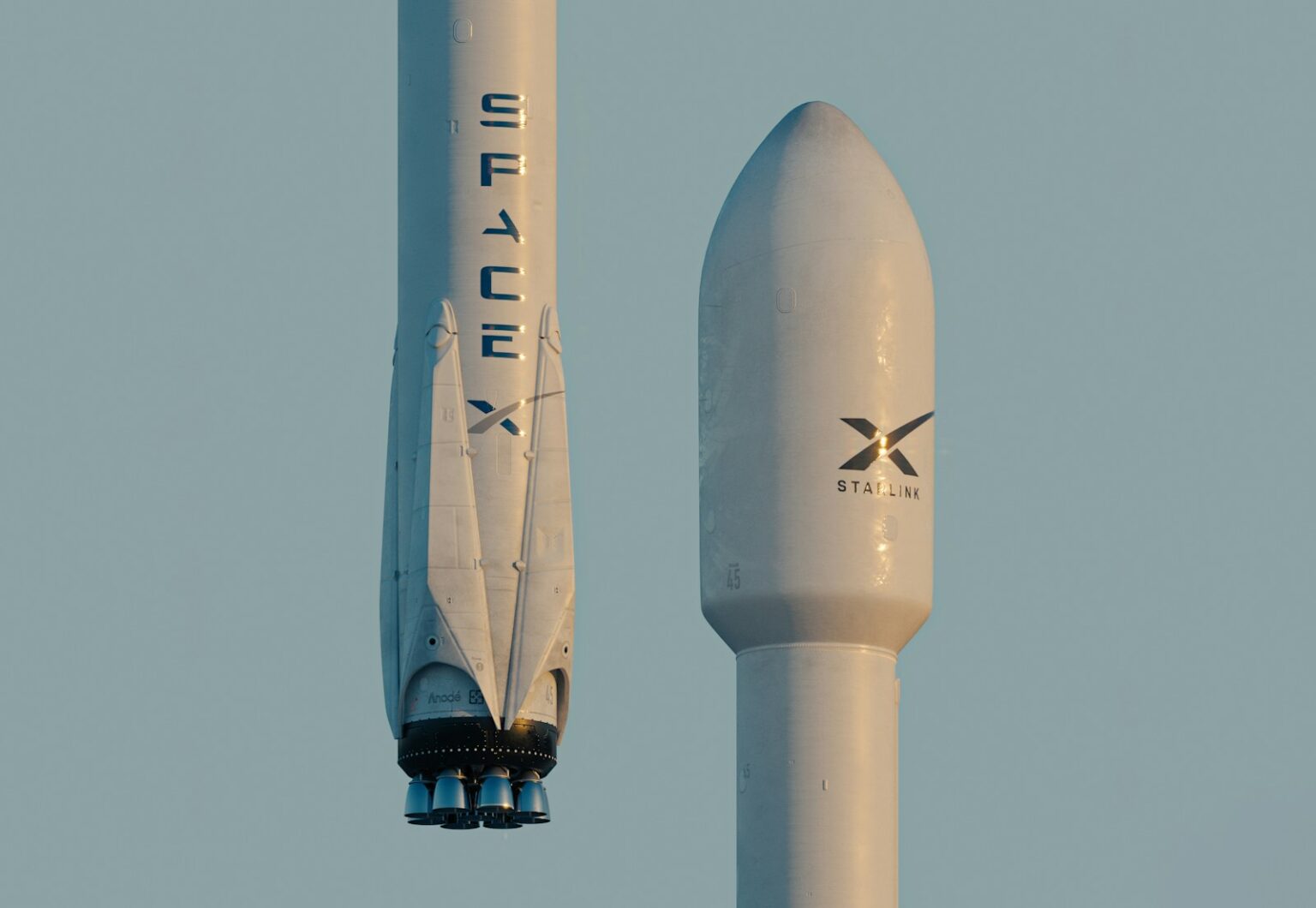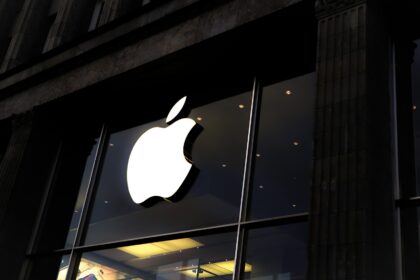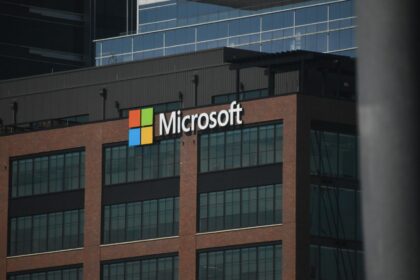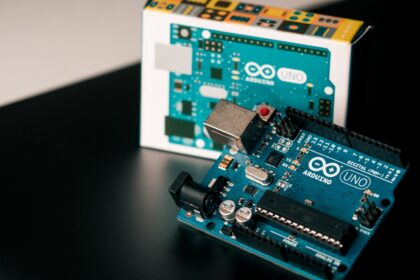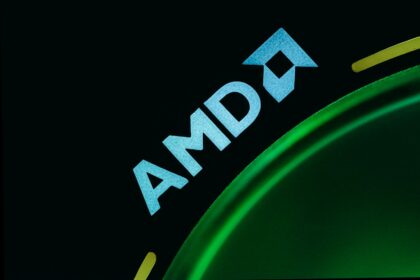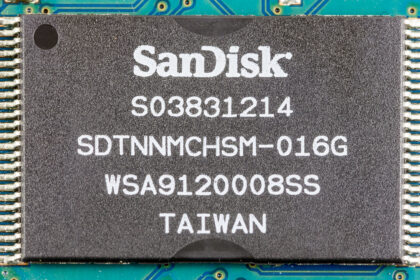SpaceX’s Starlink constellation is burning up faster than ever. Starlink satellites only live about five years in orbit. Then they’re decommissioned and fall back to Earth. The re-entry rate has skyrocketed from a few dozen per year to dozens per week.
Sky full of fireballs
Before Starlink launched in 2019, about 40 satellites re-entered per year globally. Now SpaceX decommissions 400 satellites in a single year. That means more than one fireball in the sky every day.
“I’ve seen them light up the sky like meteor showers”, says amateur skywatcher Anna Liu. These re-entries can be spotted from hundreds of miles away.
Sheer volume of hardware
SpaceX plans 42,000 Starlink satellites total. Already over 5,000 are in orbit. That makes it the largest satellite constellation ever.
Each batch adds 60 satellites. Five or six batches launch monthly. When they reach end-of-life, they de-orbit in clusters.
Atmospheric pollution concerns
When satellites burn up they release metal oxides and other particles. Experts warn this could affect upper atmosphere chemistry. Particles may alter ozone or climate patterns.
The daily fireballs are dramatic. “But the invisible pollution carries real risks”, notes atmospheric scientist Dr. Emily Hayes.
Regulatory lag
No global rules govern mass re-entries. Current regulations only require satellites to de-orbit within 25 years of mission end. Starlink far outpaces that by a decade.
Space agencies and governments must update policies. They need to set limits on re-entry rates and pollutant loads.
Next-generation satellites add to the problem
SpaceX and others plan larger, more complex satellites. These will carry more fuel and electronics. Each re-entry will produce more debris and pollution.
“It’s like throwing bigger logs on an already blazing fire”, says space policy analyst Mark Rivera.
Possible solutions
Experts suggest using more burn-clean materials that vaporize fully without harmful byproducts. Designing satellites to break into smaller pieces may reduce pollution.
Better end-of-life management could slow down re-entry rates. Spreading de-orbit dates over years instead of weeks helps. This gives the atmosphere time to recover.
What to watch for
Skywatchers will see fireballs for years to come. But the real story is how this affects our atmosphere and space environment. We must act before the sky becomes too bright—or our atmosphere too polluted.
“The nightly show is stunning, but it’s a warning sign”, says Liu.


